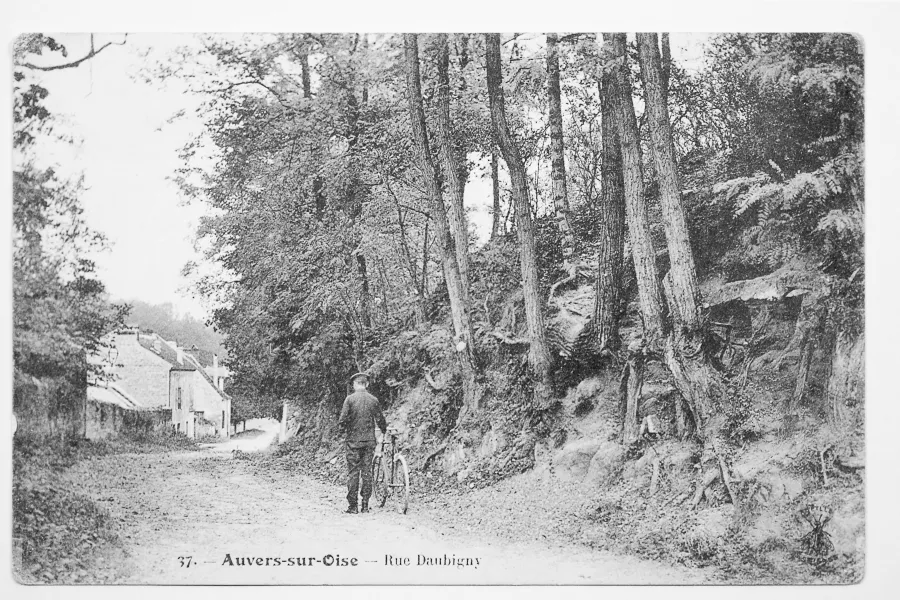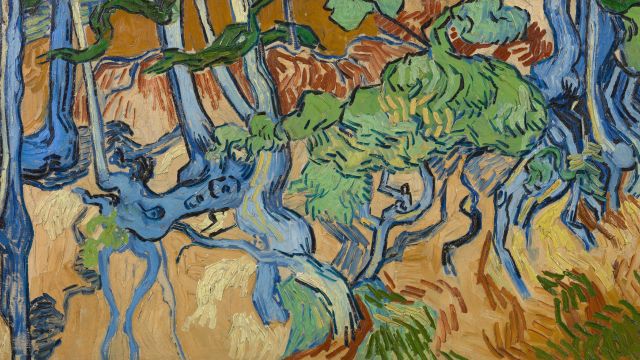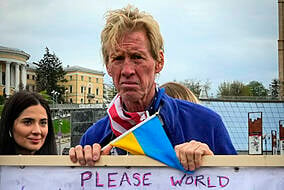Experts say the discovery sheds new light on the anguished painter’s mental state on the day he is widely believed to have fatally shot himself.
A Dutch researcher realised the scene depicted in the troubled artist’s final work, Tree Roots, was visible on a faded picture postcard featuring a man standing next to a bicycle on a back street of the village of Auvers-sur-Oise, 21 miles north of Paris.

Van Gogh spent the last weeks of his life in the village and completed dozens of paintings there. Helpfully, the card even included the name of the street.
The discovery by Wouter van der Veen, scientific director of the Van Gogh Institute in France, provides a new glimpse of the artist in his final hours. It means art historians can now see that it was likely completed at the end of the afternoon, meaning Van Gogh spent much of the day concentrating on the painting.
“There has been a lot of speculation about his state of mind, but one thing that is very clear is that he spent quite a bit longer working on this painting right through the afternoon. We know that from the light fall in the work,” Emilie Gordenker, director of the Van Gogh Museum in Amsterdam, told The Associated Press. “So, you know, he really was at work right up to to the end.”
Ms Gordenker said its composition and execution – a tight focus on gnarled roots on a hillside – have led to it being seen as a “harbinger of abstraction”.

Van Gogh never got to further develop the painting style.
According to the museum’s version of Van Gogh’s life, after working on Tree Roots the artist walked into a nearby field of wheat later in the day and shot himself in the chest with a pistol. He died two days later on July 29, 1890, aged 37. Two American authors cast doubt on the theory in 2011, suggesting the artist was shot by two teenage boys.
Mr van der Veen believes the museum’s version of events and agrees his new discovery shows that Van Gogh had his wits about him and was methodical in his thinking before he pulled the trigger to kill himself.
“So the final steps were also something he carefully thought about,” he said. “So it was a lucid decision. It was not a fit of madness.”







